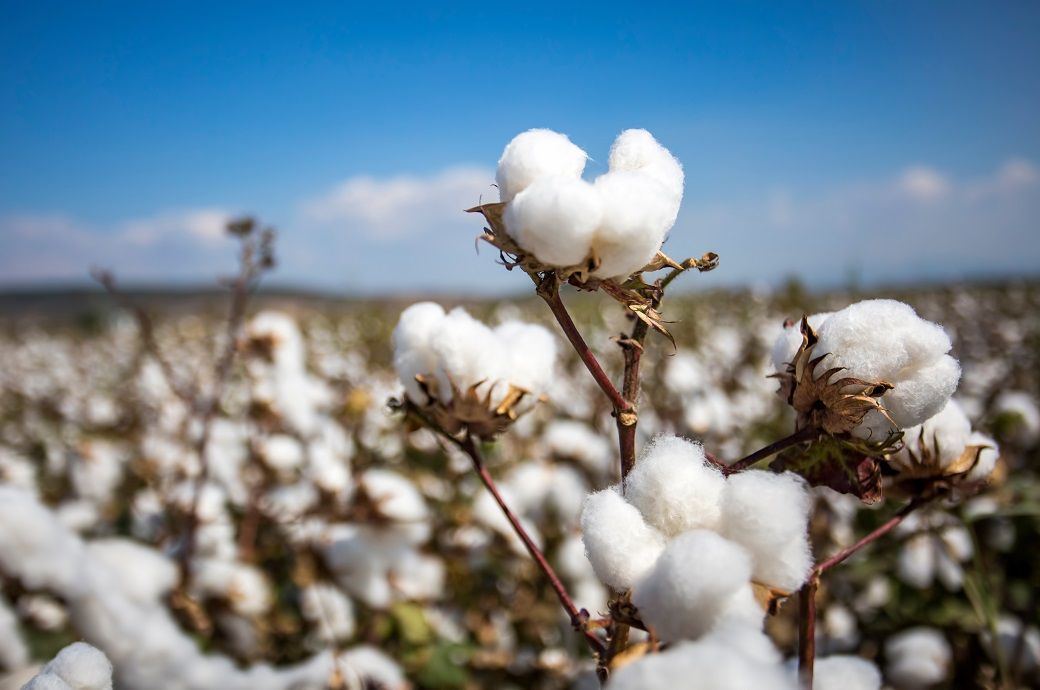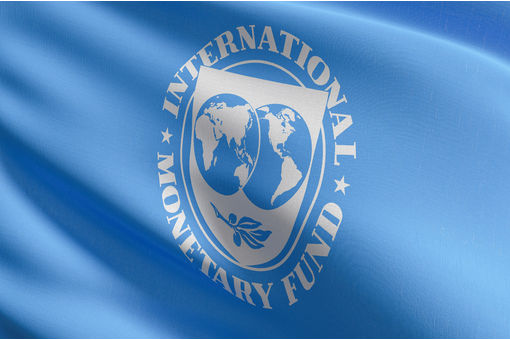NCC forecasts 9.8 mn acres of US cotton planting in 2024

Insights
- The U.S. cotton industry's 2024 outlook is influenced by slow global economic recovery affecting demand.
- The National Cotton Council projects a 3.7 per cent decrease in 2024 U.S. cotton acreage (9.8 million acres) compared to that of 2023.
- The forecast estimates a Cotton Belt harvested area of 8.1 million acres, yielding 14.6 million bales.
Given significant uncertainty in the global economy, this past year can be characterized as a year when an anticipated recovery in cotton demand has been slow to materialize. Weak demand has translated to pressures throughout the supply chain.
The outlook for the world cotton market will, in part, be determined by continued expansion in economic activity. Modest economic growth is projected for the next two years, but the projected growth rates are still well below the recent historical average.
In her analysis of the NCC Annual Planting Intentions survey results, Dr. Jody Campiche, the NCC’s vice president, Economics & Policy Analysis, said the NCC projects 2024 U.S. cotton acreage to be 9.8 million acres, 3.7 percent less than 2023. Growers are facing difficult planting decisions as current prices fall short of production costs for many producers.
As compared to average futures prices during the first quarter of 2023, all commodity prices were lower during the survey period, but cotton had the smallest decline. As a result, the price ratios of cotton to corn and soybeans were higher than in 2023. Based on historical price relationships, this would generally suggest an increase in cotton acreage. However, the 2024 crop year could go against that relationship due to high production costs relative to current prices.
Between the survey period and mid-February, cotton prices have increased, while corn and soybean prices have both declined resulting in an increase in the cotton-to-corn and cotton-to-soybean price ratios. The recent improvement in the price ratios could result in final cotton acreage higher than reported in the NCC survey.
Using ten-year average abandonment rates along with a few state-level adjustments to account for current moisture conditions, Cotton Belt harvested area totals 8.1 million acres for 2024 with a U.S. abandonment rate of 17.9 percent. Using the five-year average yield for the Southeast and the Midsouth and the 10-year average yield for the Southwest and the West generates a cotton crop of 14.6 million bales, with 14.0 million upland bales and 538,000 ELS bales.
U.S. mills are expected to consume 1.85 million bales in 2024/25 as compared to 1.75 million bales in 2023/24. U.S. textile manufacturing remains under pressure from weaker Western Hemisphere trade due to concerns about the impacts of increased U.S. textile imports under de minimis provisions. Between August and December 2023, eight U.S. textile manufacturing facilities shutdown operation.
For the 2024/25 marketing year, world consumption is projected to increase by 2.6 percent to 115.3 million bales. The projected increase in world consumption along with a larger U.S. supply results in a larger U.S. export projection as compared to 2023/24. U.S. ending stocks are projected to increase slightly to 2.9 million bales in 2024/25.
Campiche said world production is estimated to increase to 115.1 million bales in 2024/25 due to an increase in harvested acreage. Overall, the outlook for world cotton demand for the 2024/25 marketing year takes on a more positive tone as the economic outlook has improved in the past month. With expanded consumption in key importing countries, world trade is projected to increase to 43.4 million bales in 2024/25. For the 2024/25 marketing year, higher world production, consumption, and trade result in a slight decline in ending stocks to 83.5 million bales.
While the U.S. is projected to remain the largest exporter in 2024/25, Brazil is just slightly behind the U.S. in export sales. The U.S. will continue to face very strong export competition from Brazil. Given the recent trends in exports from the two countries, Brazil is on track to become the largest cotton exporter in the very near future.
Current economic projections for the U.S. and global economies should be viewed with caution given the continued impacts of tighter monetary policy, high interest rates, and geopolitical tensions.
Note: The content of this press release has not been edited by Fibre2Fashion staff.
Fibre2Fashion News Desk (HU)
































-Ltd..jpg?tr=w-120,h-60,c-at_max,cm-pad_resize,bg-ffffff)





.jpg?tr=w-120,h-60,c-at_max,cm-pad_resize,bg-ffffff)
.jpg?tr=w-120,h-60,c-at_max,cm-pad_resize,bg-ffffff)









